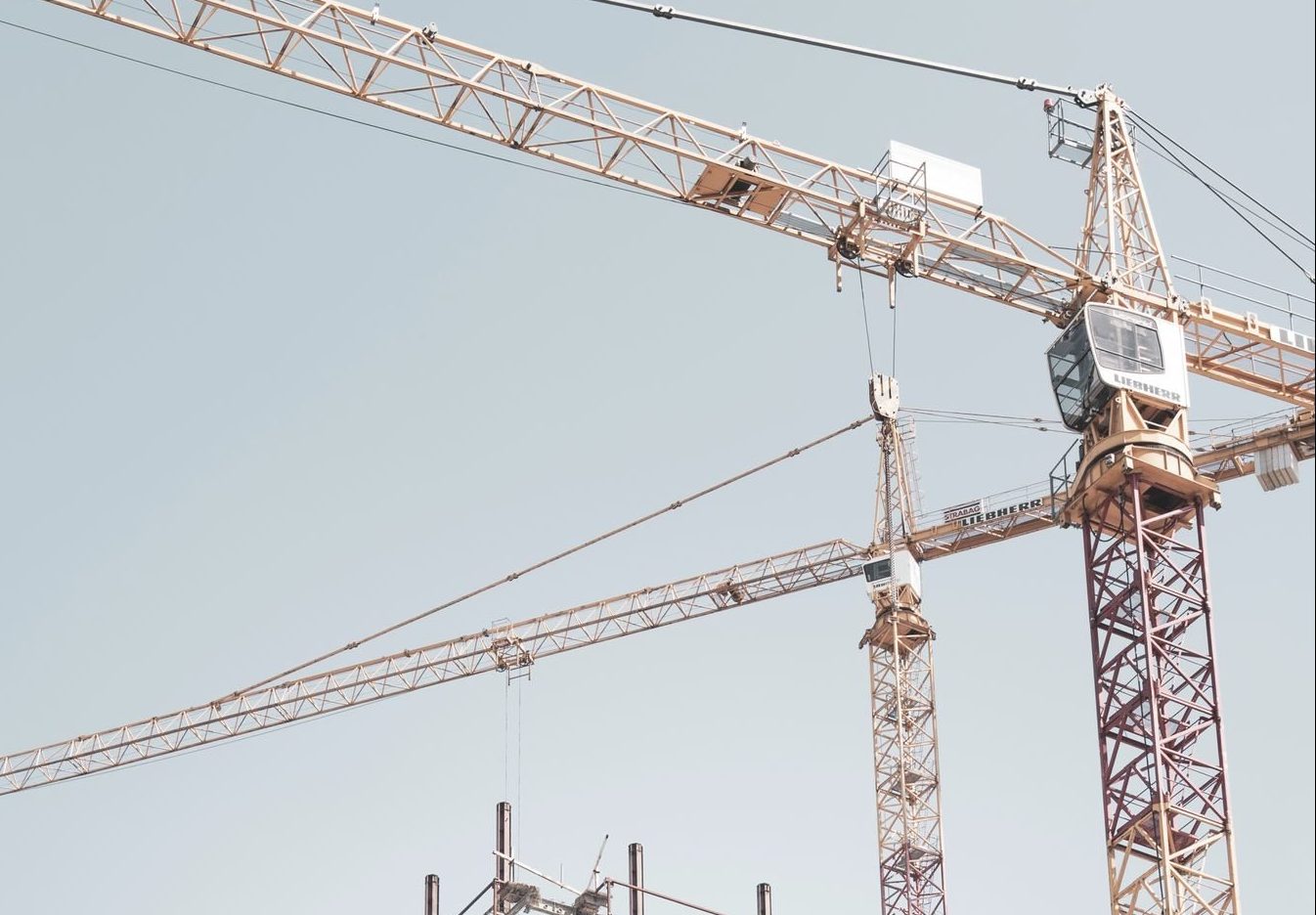State of the nation
The future of the US real estate market02.09.2017
Ask anyone who works in today’s U.S. real estate market about the most important issues in their industry, and they’ll probably tell you: Changing technology, live-work-play environments, and the repurposing of distressed or stranded real estate. In this article, I’m going to consider each issue in turn, and discuss what it means for the future of the US real estate market.
Technology
Advancements to technology contribute to every industry, and real estate is no exception. It affects how we find our information, how we search for homes and neighbourhoods, how we promote our businesses, how we interact with consumers, and how quickly we can connect with them.

Customers are demanding increasingly shorter response times, and the ability to connect with a potential buyer at the touch of a button has become a must. Using technology to showcase our business in an innovative way to attract customers, and being able to find what we’re looking for in record time are what drives today’s real estate market.
Technology has contributed to the green building movement – allowing developers to construct vertical growing farms in abandoned urban buildings. Technology developments have led to smart buildings that attract today’s health conscious consumer. Healthy buildings promote productivity and create a competitive advantage that attracts and retains quality tenants.
The Internet of Things (IoT) has become the technology of choice for improving building performance quickly, flexibly, and affordably. It enables interactive control of a single facility or a portfolio of properties in managing building equipment – detecting malfunctions before they become major repair issues, extending the life of equipment, reducing overhead, and improving customer service.
Live-work-play environments
Live-work-play environments are increasingly in demand, and many large projects in the works in the U.S. to cater to this need. This type of environment has historically meant urban living – living near work, shopping, and entertainment. Today, a growing number of live-work-play environments are being developed in non-urban settings.
These new development opportunities are typically long-term, done in phases,
and supported by extensive studies regarding the financial commitment. These projects require compromise among government, developers, and financial backers. The projects include incorporating many forms of transit, attracting retail and corporate businesses, housing, open space, and the like. The benefits of this type of living have come to mean the use of more public transit, resulting in reduced traffic, and more people interaction. Businesses not situated in urban areas should consider establishing themselves in these type of environments, as suburban commercial office parks are still struggling in the current economy.
Repurposing
The repurposing of distressed or stranded real estate has generated some very creative uses for assets that were sitting vacant in suburban or rural markets with no tenant prospects, small town downtowns in need revitalisation, historic buildings, and vacant buildings in urban markets. Large revitalisation projects include the repurposing of office campuses of Fortune 500 companies. Large developers are taking on the enormous task of creating a pseudo-urban environment in a suburban market, using assets that need repositioning.
Taking into consideration the current trend of many consumers, including the millennial generation and the baby-boomer generation, wanting to live, work, and play in one place, developers are taking on the challenge of bringing all the pieces together to develop the needs and wants of today’s consumers.
The U.S. real estate sector is constantly evolving. Investors, landlords, developers, and consultants are constantly reassessing how they work with the market, in whatever stage it’s in, to keep up with the demands of consumers.
Author: Rebecca Machinga, CPA, HLB USA, Partner at WithumSmith+Brown



